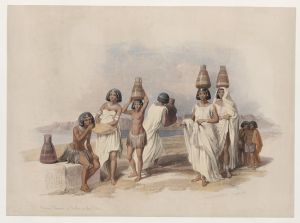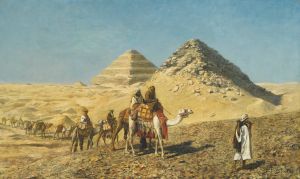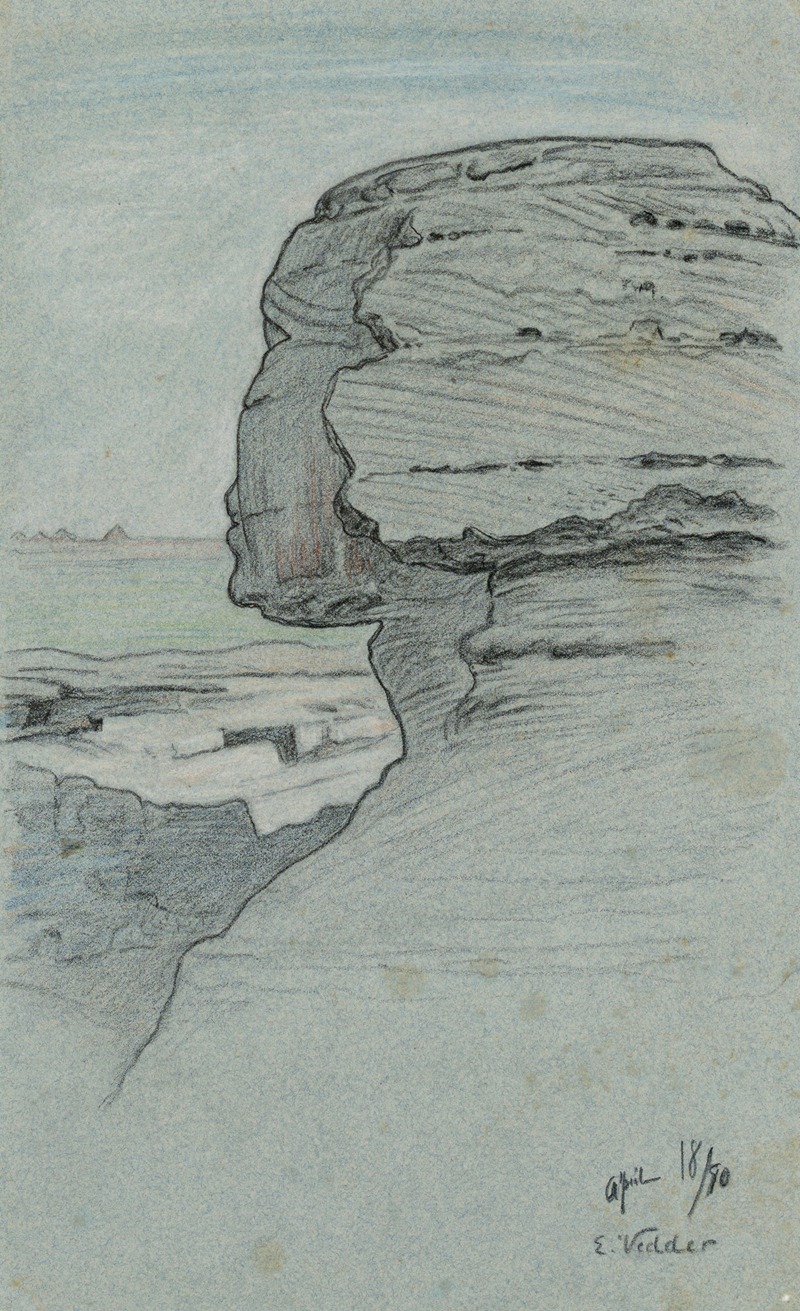
The Sphinx, Egypt
A hand-painted replica of Elihu Vedder’s masterpiece The Sphinx, Egypt, meticulously crafted by professional artists to capture the true essence of the original. Each piece is created with museum-quality canvas and rare mineral pigments, carefully painted by experienced artists with delicate brushstrokes and rich, layered colors to perfectly recreate the texture of the original artwork. Unlike machine-printed reproductions, this hand-painted version brings the painting to life, infused with the artist’s emotions and skill in every stroke. Whether for personal collection or home decoration, it instantly elevates the artistic atmosphere of any space.
Elihu Vedder's painting "The Sphinx, Egypt" is a notable work by the American symbolist artist, created during a period when Vedder was deeply influenced by his travels and the ancient cultures he encountered. Elihu Vedder (1836–1923) was an American painter, illustrator, and poet, known for his allegorical and mystical works. He was part of the symbolist movement, which sought to express ideas and emotions through symbolic imagery and themes.
"The Sphinx, Egypt" was painted in 1881, a time when Vedder was captivated by the mystique and grandeur of ancient Egyptian civilization. The painting reflects Vedder's fascination with the enigmatic and timeless nature of the Sphinx, a monumental sculpture that has stood for millennia on the Giza Plateau near Cairo. The Sphinx, with its lion's body and human head, is one of the most iconic symbols of ancient Egypt, often associated with the pharaoh Khafre, who is believed to have commissioned its construction during the Old Kingdom period.
Vedder's depiction of the Sphinx is characterized by a sense of mystery and introspection, capturing the essence of the ancient monument as a silent witness to the passage of time and the rise and fall of civilizations. The painting is rendered in a style that combines realism with a dreamlike quality, a hallmark of Vedder's work. The use of light and shadow in the painting enhances the Sphinx's imposing presence and the surrounding desert landscape, evoking a sense of awe and contemplation.
Vedder's interest in the Sphinx and other ancient symbols was part of a broader trend among artists and intellectuals of the 19th century, who were drawn to the exotic and the mysterious as a counterpoint to the rapid industrialization and scientific advancements of the era. This fascination with the ancient world was fueled by archaeological discoveries and the growing field of Egyptology, which brought the wonders of ancient Egypt to the attention of the Western world.
In addition to his paintings, Vedder is also known for his illustrations of literary works, most notably his illustrations for Edward FitzGerald's translation of "The Rubaiyat of Omar Khayyam," which further demonstrate his interest in themes of fate, destiny, and the eternal. His work often explores the intersection of the material and the spiritual, the known and the unknown, reflecting his philosophical and metaphysical interests.
"The Sphinx, Egypt" is a testament to Vedder's skill as an artist and his ability to convey complex ideas through visual imagery. The painting remains an important example of 19th-century American art and its engagement with ancient cultures and symbolist themes. Today, Vedder's work, including "The Sphinx, Egypt," is appreciated for its artistic merit and its contribution to the cultural dialogue of its time, offering viewers a glimpse into the mind of an artist who sought to bridge the gap between the ancient and the modern, the real and the imagined.





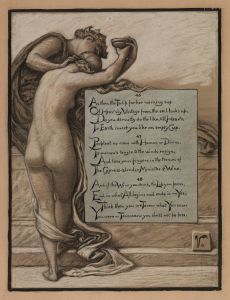
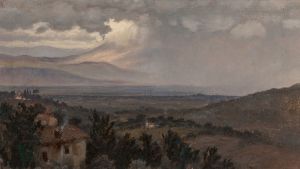

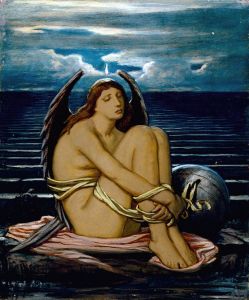
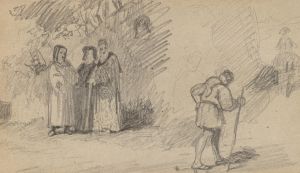
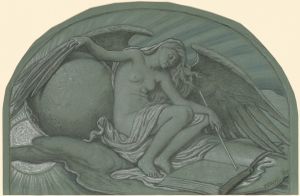
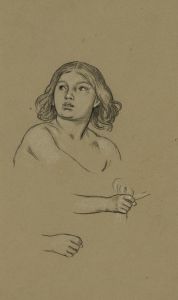
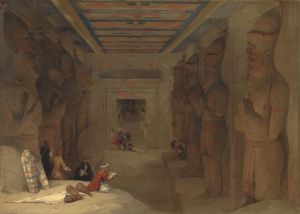
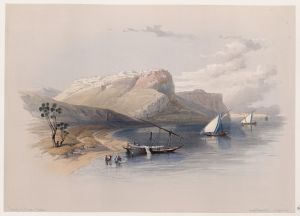
![Karnac [Karnak]. Nov. 29th, 1838.](/imgs/217502/s/david-roberts-karnac-karnak-nov-29th-1838-8df2346d.jpg)
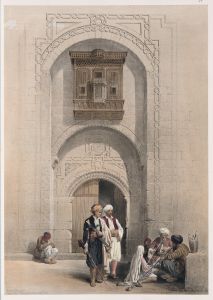
![Temple of Wady Kardassy [Qirtâsî] in Nubia.](/imgs/217550/s/david-roberts-temple-of-wady-kardassy-qirtasi-in-nubia-d2cce283.jpg)
